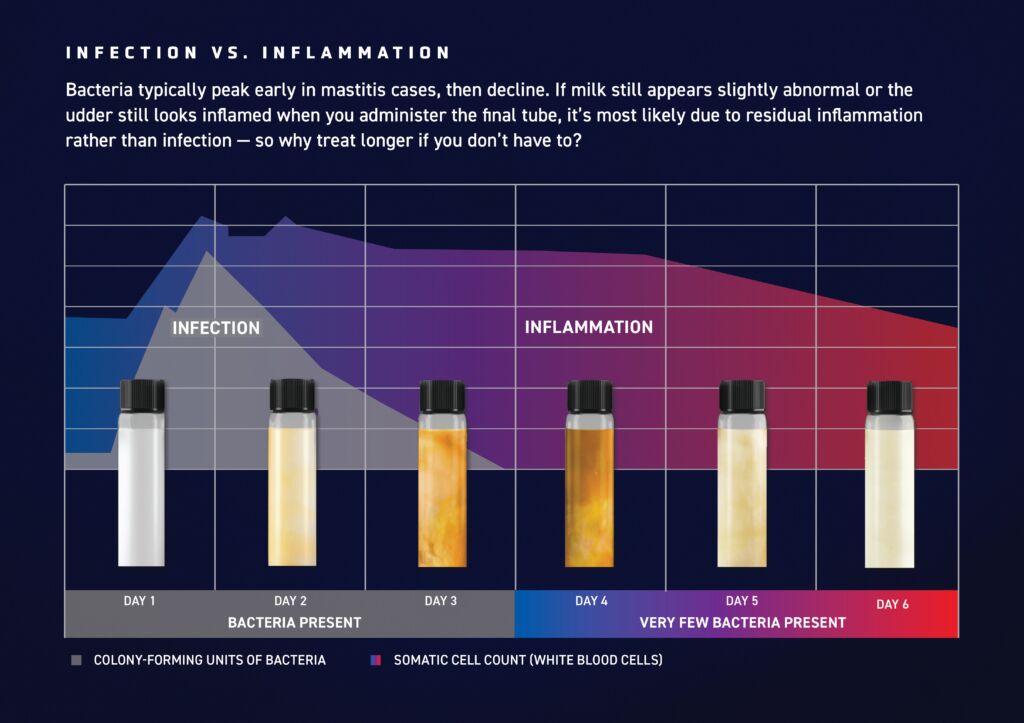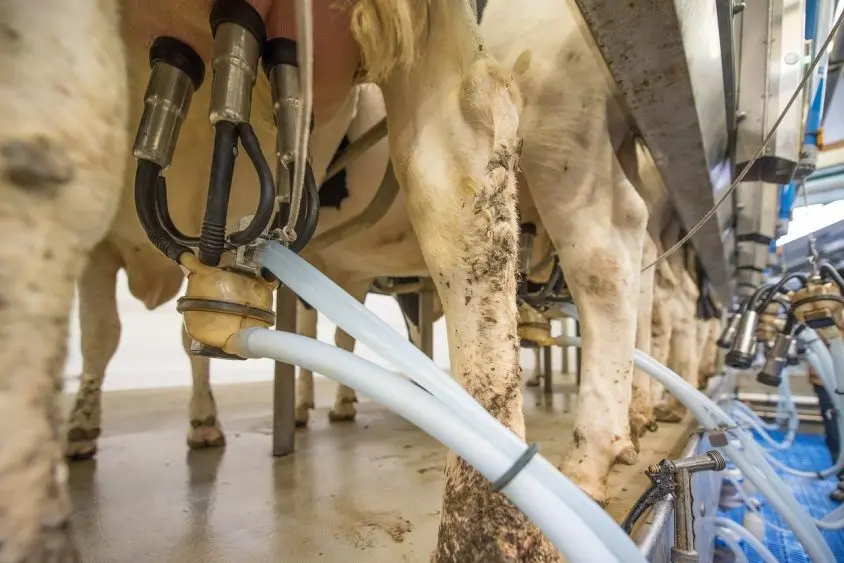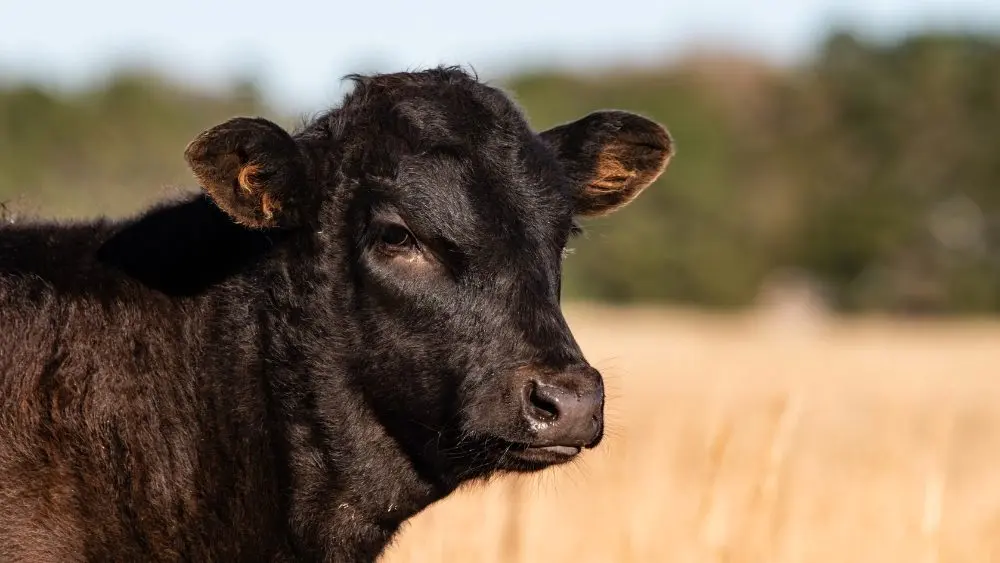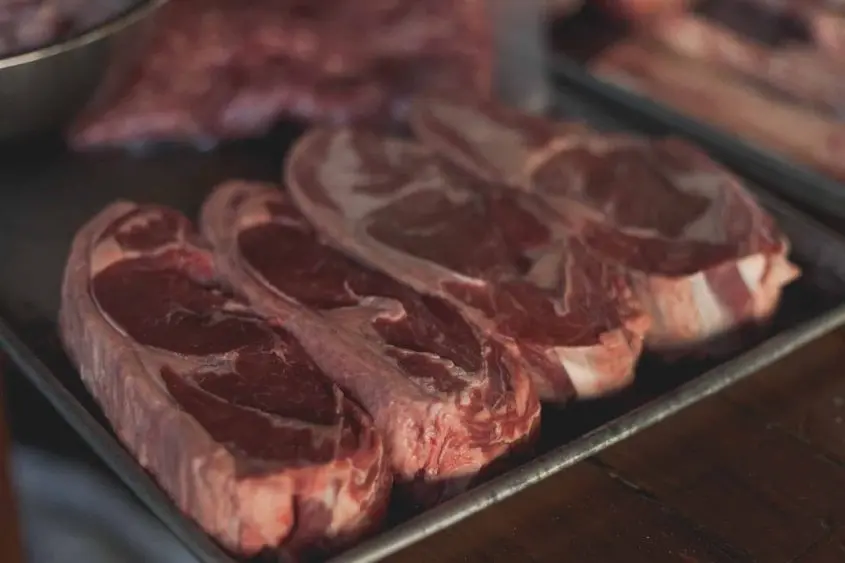DULUTH, Ga. — When mastitis occurs, antibiotics are often an important part of getting cows back in the milking string. But not every case needs treatment, and that’s where good decision-making comes in.
“The goal isn’t to avoid antibiotics,” said Jennifer Roberts, DVM, Boehringer Ingelheim. “It’s to use them thoughtfully — in the cows that will benefit, with the right product and the right duration — so we’re protecting both herd health and the effectiveness of antibiotics for the future.”
Treat with intention
Dr. Roberts noted that when producers see abnormal milk, their first instinct is often to reach for a tube. But not every case warrants treatment.
Studies show only one-third of mild and moderate clinical mastitis cases require antibiotic treatment, primarily those caused by Gram-positive infections.1 Identifying Gram-positive infections through culturing can help you target treatments and focus resources on the cows that will truly benefit.
Dr. Roberts acknowledged that time and cost can be concerns for producers, but said the math usually works out in favor of culturing. “When you use culture results to guide treatment decisions, you can reduce antibiotic use by two-thirds,” she explained. “That can translate into fewer days of discarded milk, less labor and lower treatment costs.”
One study showed pathogen-based treatment of mastitis resulted in:2
- No differences in days to clinical cure, milk yield, linear score or culling.
- Decreased time out of the tank (5.8 days for pathogen-based treatment vs. 8.8 days for blanket treatment).
- Reduced antibiotic use. More than 65% of mild and moderate clinical mastitis cases in this study wouldn’t have been treated if all cows had been enrolled in the pathogen-based protocol.
Why treatment duration matters
If treatment is warranted, a short-duration therapy can get cows back into the tank faster, reduce treatment costs and protect the efficacy of antibiotics for future use.
“A common mistake I see producers making is treating mastitis until milk appears visually normal, which is why five-day treatments have become common,” stated Dr. Roberts. “But inflammation and infection don’t always resolve on the same timeline.”
Dr. Roberts recommended focusing on treating the infection, not the inflammation. With intramammary antibiotics proven effective against Gram-positive mastitis, a two-treatment regimen, like using ToDAY® (cephapirin sodium intramammary infusion), is typically enough to clear the infection.3

Prevention comes first
Of course, the best way to judiciously use antibiotics is to reduce the number of mastitis cases that require treatment. That starts with day-to-day management.
“One of the main components to prevention is good management,” Dr. Roberts emphasized. “That means maintaining clean, dry bedding, following proper parlor procedures, and consistently post-dipping cows after milking. Those simple habits make a huge difference in reducing new infections.”
Coliform vaccination can also play a role in prevention, but Dr. Roberts stressed that it can’t replace good hygiene and milking practices.
Building consumer confidence
Dr. Roberts also reminded producers that judicious antibiotic use isn’t just about herd health — it’s about consumer trust.
“We’re producing food for the public, and consumers don’t always understand what goes into animal care,” she said. “By sharing that we’re using antibiotics judiciously, only when necessary, and that we have strong prevention protocols in place, we help build confidence in dairy products.”
At the end of the day, judicious antibiotic use is about being strategic, she concluded. By focusing on prevention, using culture results and following short-duration protocols, producers can save money, protect their cows and strengthen the future of their dairy.
ToDAY RESIDUE WARNINGS: Milk that has been taken from animals during treatment and for 96 hours after the last treatment must not be used for food. Treated animals must not be slaughtered for food until four days after the last treatment. Administration of more than the prescribed dose may lead to residue of antibiotic in milk longer than 96 hours.
1 Hess JL, Neuder LM, Sears PM. Rethinking clinical mastitis therapy, in Proceedings. 36th Annu Conf AABP 2003:169–170.
2 Vasquez AK, Nydam DV, Capel MB, et al. Clinical outcome comparison of immediate blanket treatment versus a delayed pathogen-based treatment protocol for clinical mastitis in a New York dairy herd. J Dairy Sci 2017;100(4):2992–3003.
3 Schukken YH, Zurakowski MJ, Rauch BJ, et al. Non-inferiority trial comparing a first-generation cephalosporin with a third-generation cephalosporin in the treatment of non-severe clinical mastitis in dairy cows. J Dairy Sci 2013;96(10):6763–6774.





